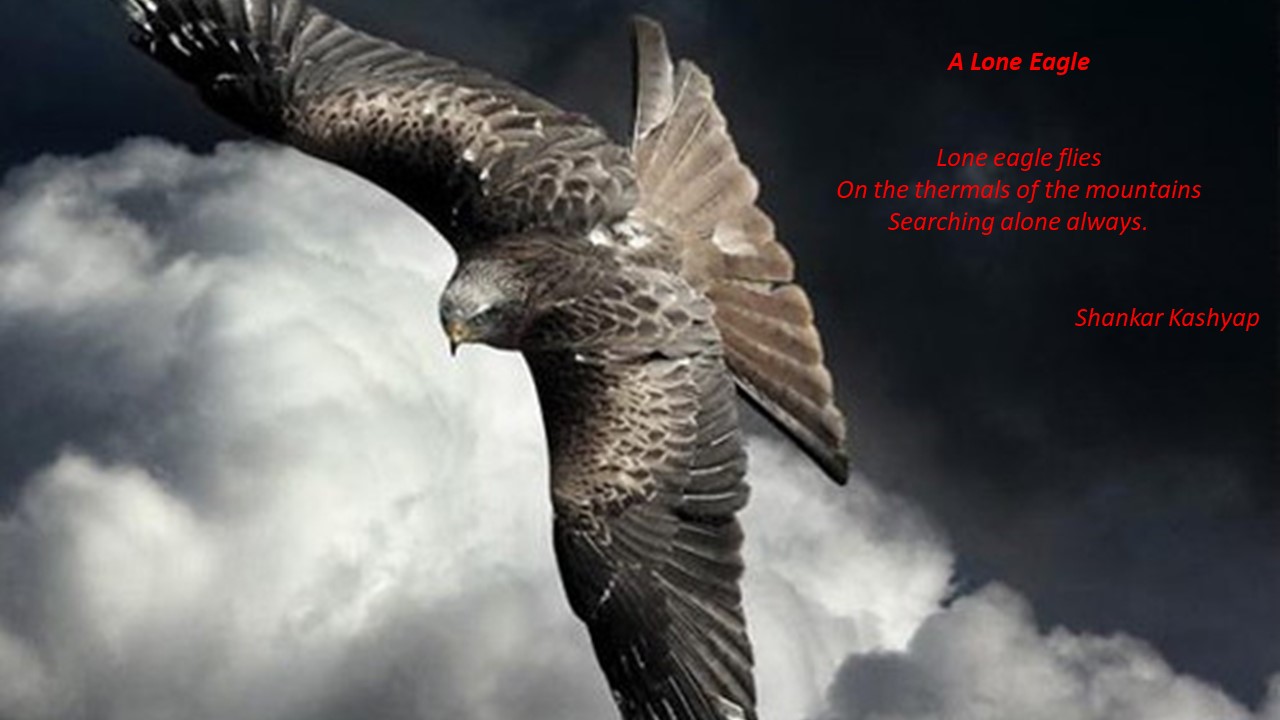The Villanelle
The villanelle has humble origins as a rustic Italian song, but over the past few centuries it has developed into a highly structured form of poetry. Villanelle is derived from the Italian word villano, meaning a peasant. Originated as a dance song with pastoral themes. 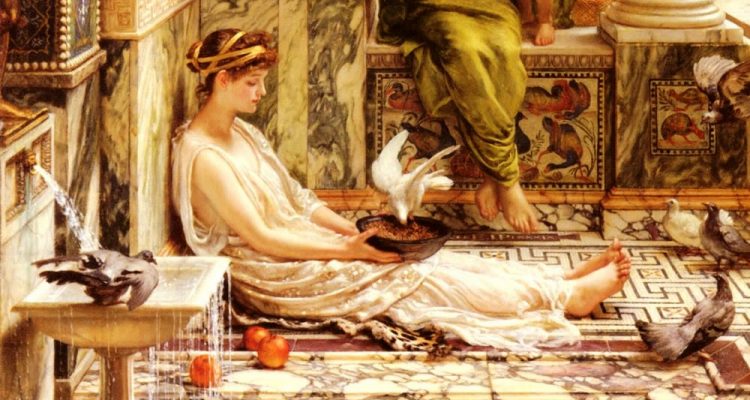
A nineteen-line poem divided into five tercets (three-line stanzas) and a closing quatrain (four-line stanza), the villanelle is further constrained by a regular rhyming scheme and two refrains that are echoed in each stanza. For those of us who are familiar with Ghazals, one can see some similarities in the structure of the two. A classic example of a strict villanelle is Dylan Thomas’s “Do not go gentle into that good night,” though the poem’s structure is so particular many poets choose to break its tight confines and compose near-villanelles, such as Elizabeth Bishop’s “One Art.”

Dylan Thomas
A highly structured villanelle is a nineteen-line poem with two repeating rhymes and two refrains. The first and third lines of the opening tercet are repeated alternately in the last lines of the succeeding stanzas; then in the final stanza, the refrain serves as the poem’s two concluding lines. Using capitals for the refrains and lowercase letters for the rhymes, the form could be expressed as: A1 b A2 / a b A1 / a b A2 / a b A1 / a b A2 / a b A1 A2.
Strange as it may seem for a poem with such a rigid rhyme scheme, the villanelle did not start off as a fixed form. During the Renaissance, the villanella and villancico (from the Italian villano, or peasant) were Italian and Spanish dance-songs. French poets who called their poems “villanelle” did not follow any specific schemes, rhymes, or refrains. Rather, the title implied that, like the Italian and Spanish dance-songs, their poems spoke of simple, often pastoral or rustic themes.
While some scholars believe that the form as we know it today has been in existence since the sixteenth century, others argue that only one Renaissance poem was ever written in that manner—Jean Passerat’s “Villanelle,” or “J’ay perdu ma tourterelle”—and  that it wasn’t until the late nineteenth century that the villanelle was defined as a fixed form by French poet Théodore de Banville.
that it wasn’t until the late nineteenth century that the villanelle was defined as a fixed form by French poet Théodore de Banville.
Regardless of its provenance, the form did not catch on in France, but it has become increasingly popular among poets writing in English. An excellent example of the form is Dylan Thomas’s –
“Do not go gentle into that good night.”
‘Do not go gentle into that good night,
Old age should burn and rave at close of day;
Rage, rage against the dying of the light.
Though wise men at their end know dark is right,
Because their words had forked no lightning they
Do not go gentle into that good night.
Good men, the last wave by, crying how bright
Their frail deeds might have danced in a green bay,
Rage, rage against the dying of the light.
Wild men who caught and sang the sun in flight,
And learn, too late, they grieved it on its way,
Do not go gentle into that good night.
Grave men, near death, who see with blinding sight
Blind eyes could blaze like meteors and be gay,
Rage, rage against the dying of the light.
And you, my father, there on the sad height,
Curse, bless, me now with your fierce tears, I pray.
Do not go gentle into that good night.
Rage, rage against the dying of the light.’
Contemporary poets have not limited themselves to the pastoral themes originally expressed by the free-form villanelles of the Renaissance, and have loosened the fixed form to allow variations on the refrains. Elizabeth Bishop’s “One Art.” is another well-known example; other poets who have penned villanelles include W H Auden, Oscar Wilde, Seamus Heaney, David Shapiro, and Sylvia Plath. 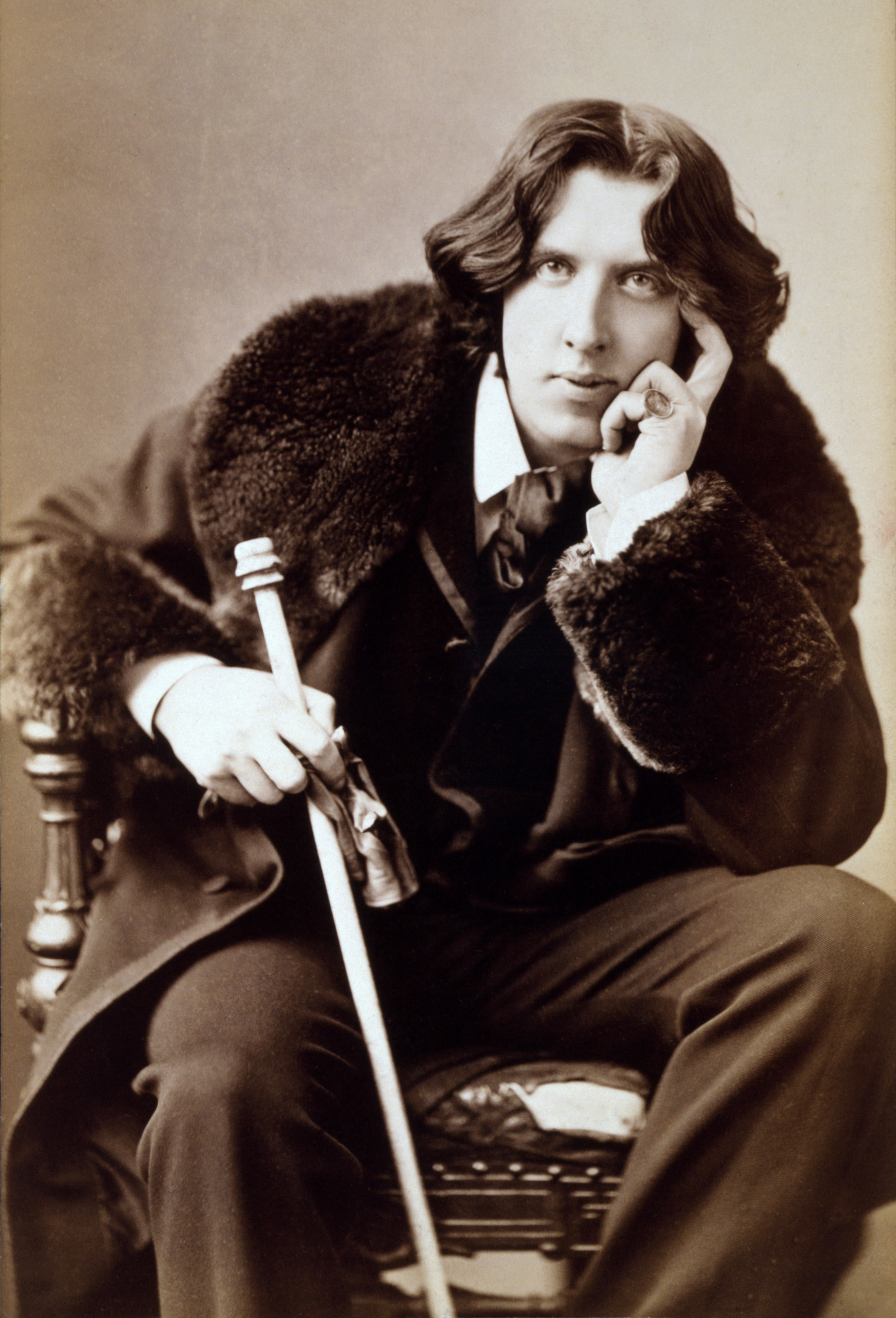
The strict structure of the original Villanelle put many of the artists off from venturing into this, many have taken liberties with the structure and been extremely successful. Nowadays many of the song writers have taken elements of the Villanelle into their Ballads.
I too have taken some liberties in constructing what I understand to be a “free Villanelle”; Men have sacrificed more than their life and limb for a pretty maiden in history and still continue to do so. An analogy of a bee to a flame springs to mind.
Bee to a flame
Strange indeed you have the art of stealing
O nimble eyed maiden, in bright daylight
When people are wide awake, listening
You steal men’s hearts and that from a distance
Look at me once more girl in light
With eyes tapering and long like a lance
We have heard it said that in this world
Light is an antidote to light
To brighten ones own world
Lily eyed one listen to the world
To the slander and slight
Of my wanderings throughout the world
Your face sweetheart, is a flower
A lotus flower in the depth of night
You hide in a drift of flowers
How on earth shall I find you, my love
Like a roving black bee at night
Looking for my flower of love
Wandering, still searching for my love.
Shankar Kashyap
Valentine days bring mixed emotions in lover’s minds. Anxious, excited and full of expectation, lover’s mind wanders towards poetry. Not surprising that it is full of passion mixed with anxiety and tenderness.
Be gentle with me
Be gentle with me sweet darling of mine
I am but a wounded deer in the dale
You are and you will be that gorgeous girl of mine
My heart beats for you just fine
When you lift up my heart so stale
You do be gentle sweet darling of mine
The stars above in the dark sky shine
The blooms and buds down in the vale
Wait in patience for gorgeous girl of mine
The innocent peacock’s light up fine
Dancing away their blues down in the dale
As the see the sweet darling of mine
The stars above in the dark sky shine
Down at the deep darkness of the vale
You are and you will be that gorgeous girl of mine
My sweetheart, my darling, all of mine
Don’t make me wait and let my heart go stale
I see in my being that sweet darling of mine
You are and you will be that gorgeous girl of mine
Shankar Kashyap
Galleria di Shankar
Shankar Kashyap
Shankar Studios at Etsy for downloadable paintings
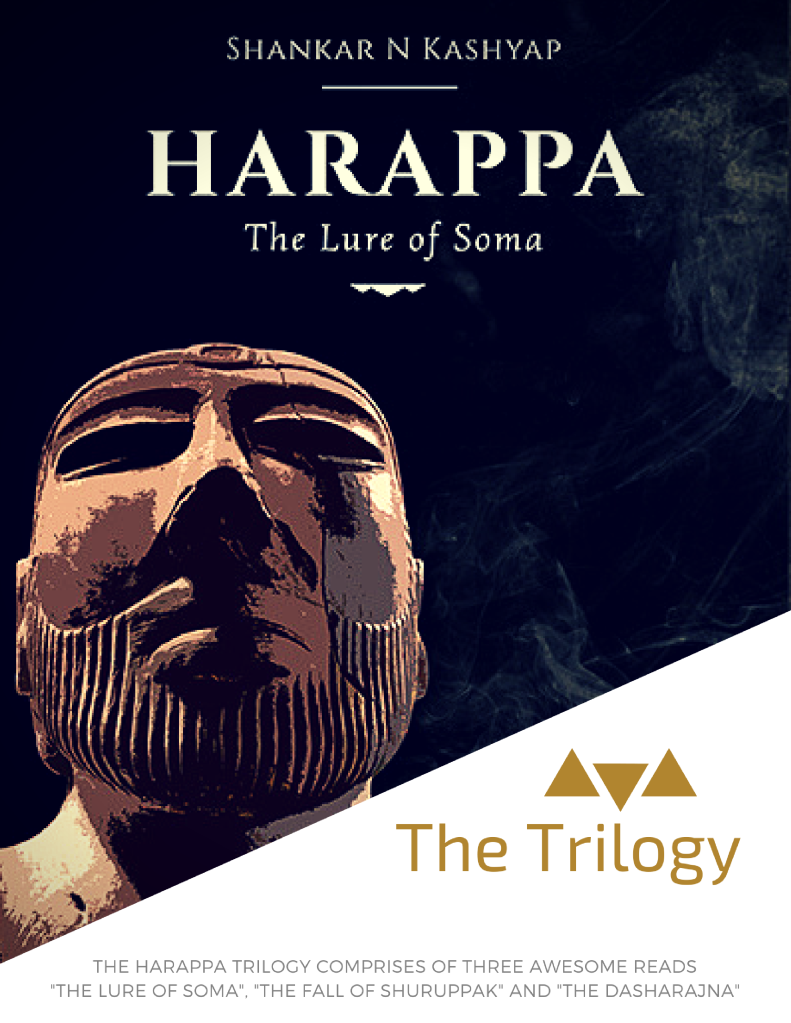

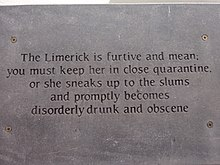
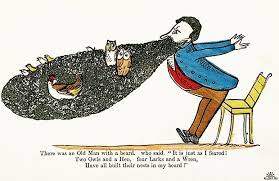
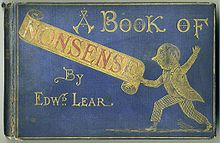



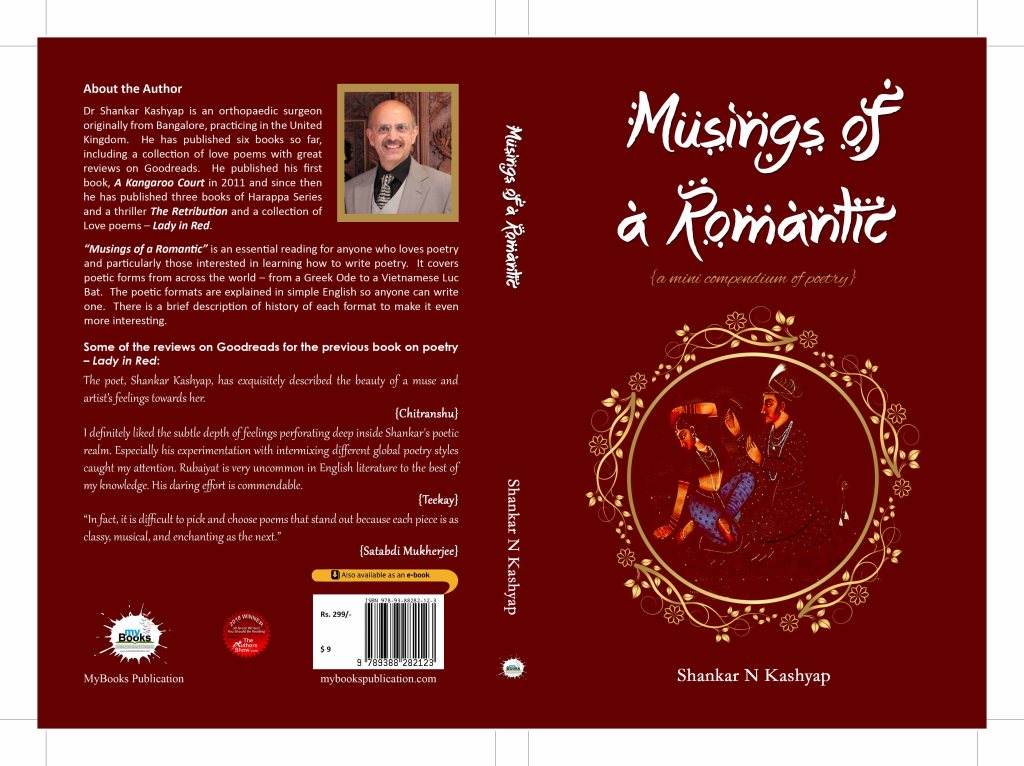
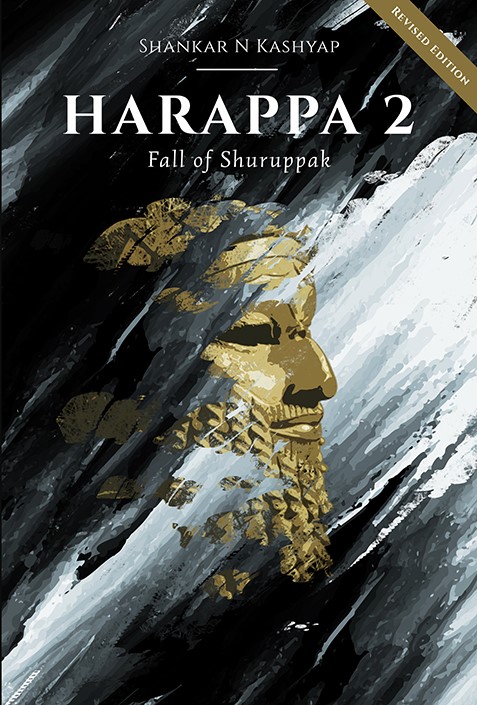
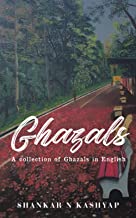
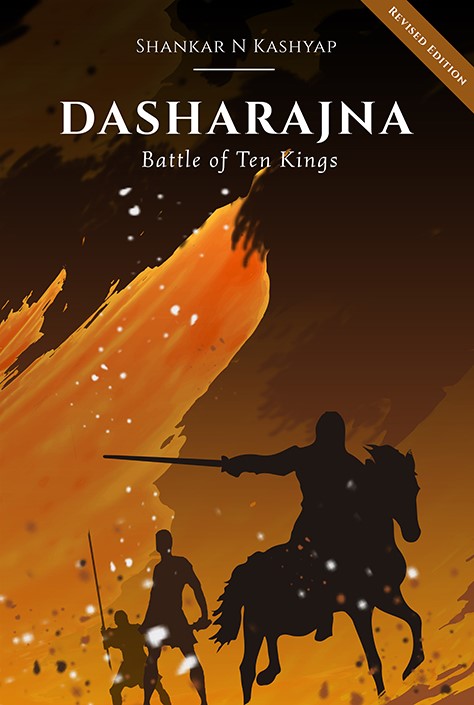








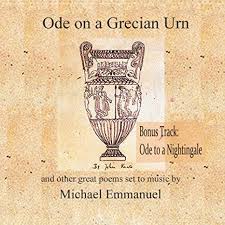
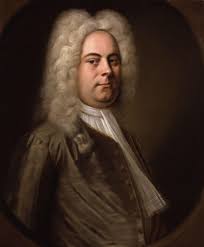
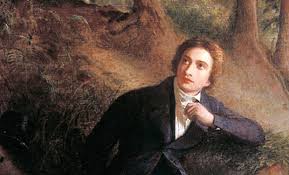 John Keats
John Keats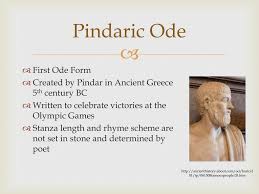 pindaric, horatian, and irregular. Pindaric odes have three stanzas, two of which have the same structure. An example is ”The progress of poesy” by Thomas Gray.
pindaric, horatian, and irregular. Pindaric odes have three stanzas, two of which have the same structure. An example is ”The progress of poesy” by Thomas Gray. 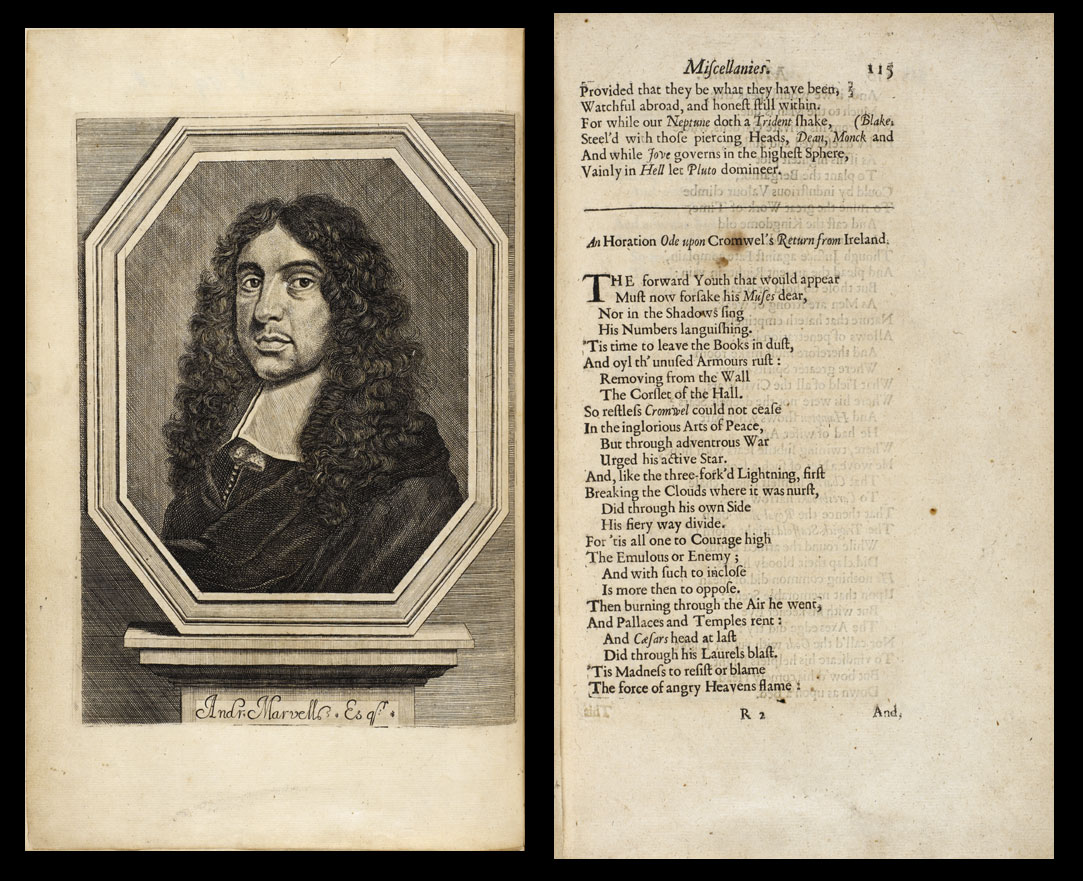



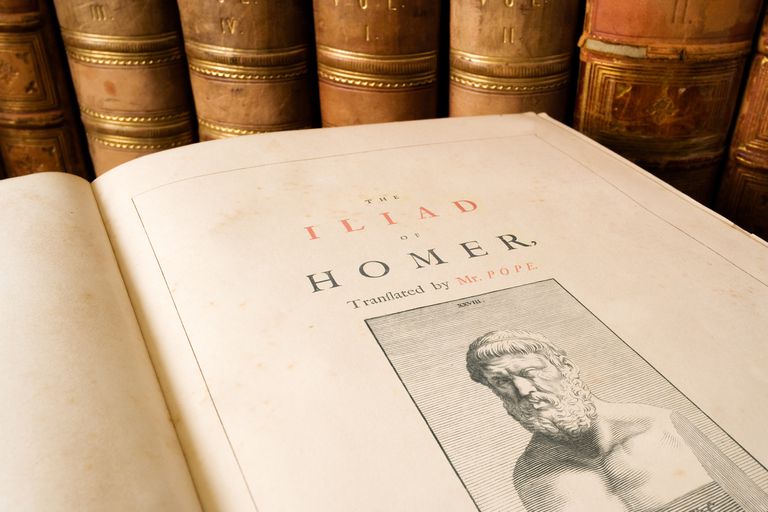 The name “couplet” originates from the French word meaning riveting or joining two pieces of iron together. It originated in late 16th century with Sir P Sydney’s Arcadia. A couplet is a two line verse, which rhymes and forms a unit alone or as part of a poem. However, not all couplets do rhyme. Chaucer’s Canterbury tales is almost entirely written using rhyming couplets.
The name “couplet” originates from the French word meaning riveting or joining two pieces of iron together. It originated in late 16th century with Sir P Sydney’s Arcadia. A couplet is a two line verse, which rhymes and forms a unit alone or as part of a poem. However, not all couplets do rhyme. Chaucer’s Canterbury tales is almost entirely written using rhyming couplets. 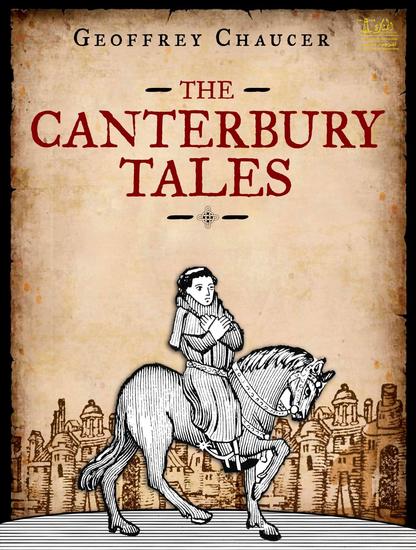
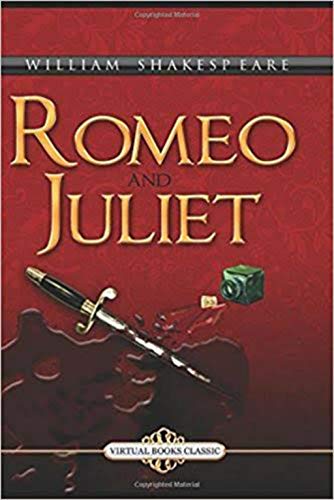 This couplet comes from Shakespeare’s play Romeo and Juliet. Shakespeare often used rhyming couplets at the end of scenes to signal the ending. Shakespeare also used a couplet to end each stanza in his sonnets. Often whole poems are written in couplet form — two lines of rhyming poetry, followed by two more lines with a different rhyme, and so on. Robert Frost, one of America’s greatest poets, wrote many poems using couplets. Rhyming iambic pentameter was introduced to English by Chaucer in “The Prologue to the legend of good women” in fourteenth century and became popular as a “heroic couplet.” John Milton popularised the octasyllabic form in 17th century in L’allegro and Il’ Penseroso.
This couplet comes from Shakespeare’s play Romeo and Juliet. Shakespeare often used rhyming couplets at the end of scenes to signal the ending. Shakespeare also used a couplet to end each stanza in his sonnets. Often whole poems are written in couplet form — two lines of rhyming poetry, followed by two more lines with a different rhyme, and so on. Robert Frost, one of America’s greatest poets, wrote many poems using couplets. Rhyming iambic pentameter was introduced to English by Chaucer in “The Prologue to the legend of good women” in fourteenth century and became popular as a “heroic couplet.” John Milton popularised the octasyllabic form in 17th century in L’allegro and Il’ Penseroso.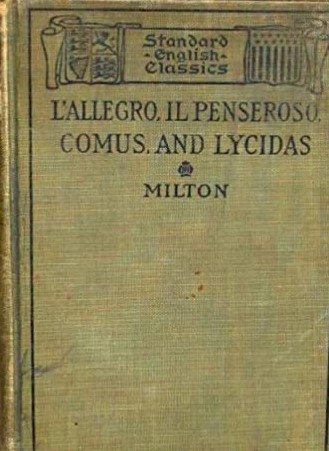
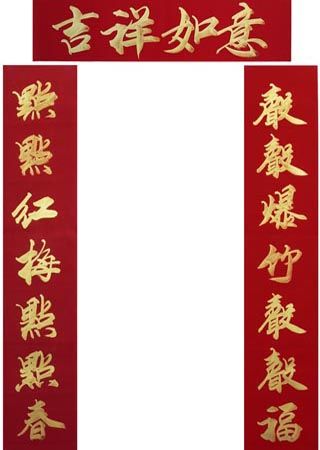 These couplets, called “chunlian,” are bought a few days before their new year and stuck on the doorway to hope for prosperity for the coming year. Most of the ancient Tamil scriptures were written in couplet form. Thirukkural, dating back to 300 BCE
These couplets, called “chunlian,” are bought a few days before their new year and stuck on the doorway to hope for prosperity for the coming year. Most of the ancient Tamil scriptures were written in couplet form. Thirukkural, dating back to 300 BCE 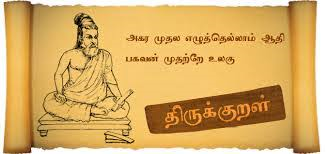 according to some people, is a moral code of conduct, somewhat in the lines of Manu smriti in Sanskrit and the Hammurabi’s code from Mesopotamia. Thirukkural is made up of 1330 couplets in ancient Tamil and is considered one of the greatest works of ethics and morality.
according to some people, is a moral code of conduct, somewhat in the lines of Manu smriti in Sanskrit and the Hammurabi’s code from Mesopotamia. Thirukkural is made up of 1330 couplets in ancient Tamil and is considered one of the greatest works of ethics and morality.
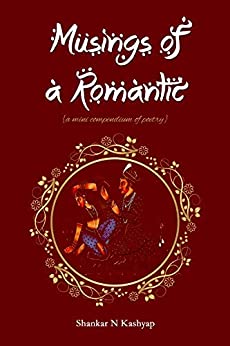
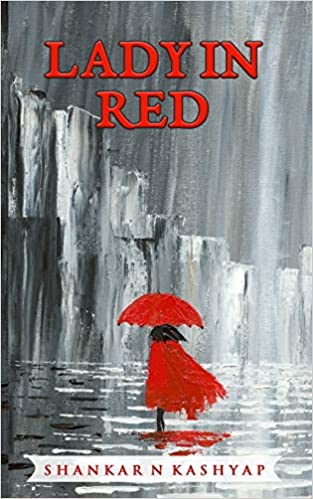
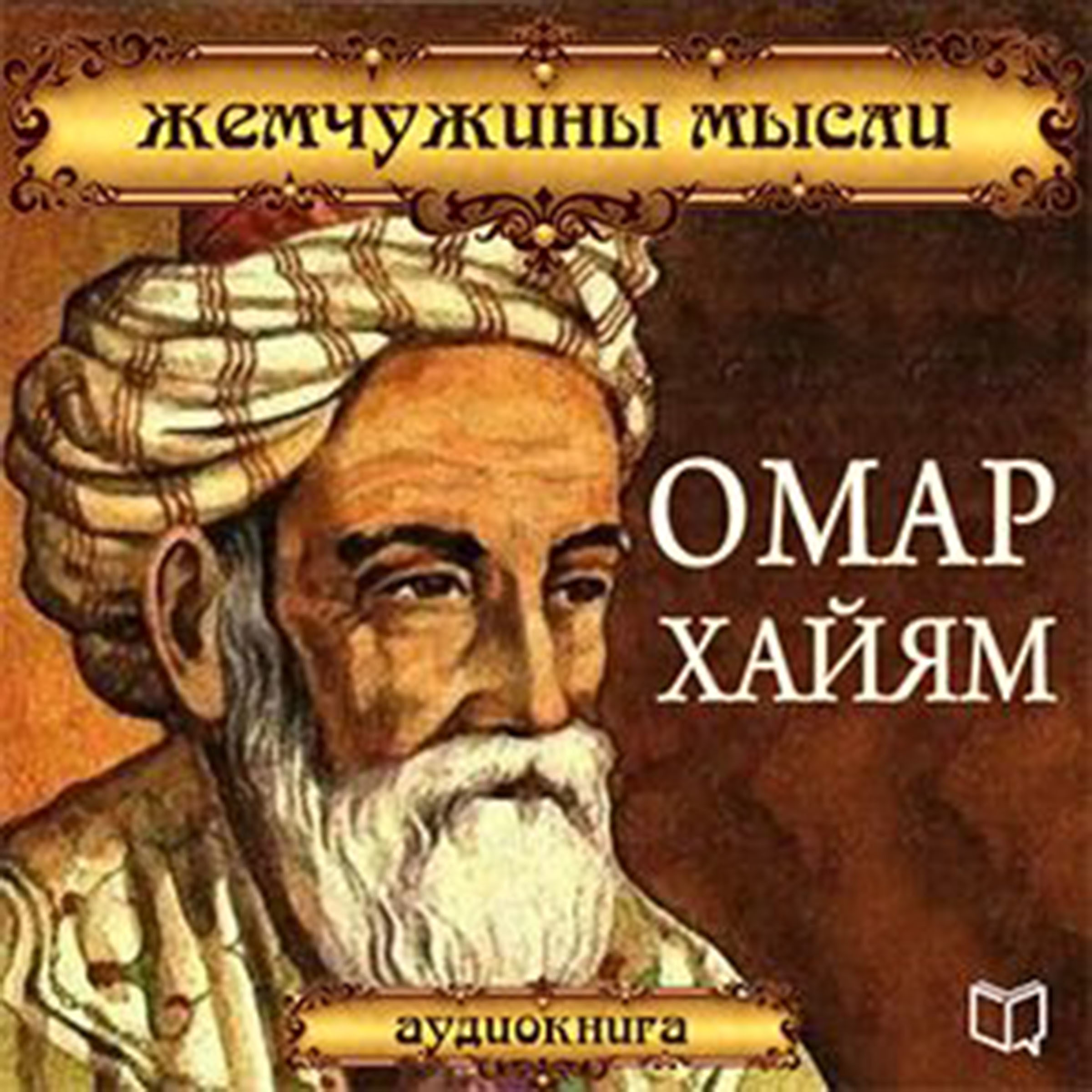 are some of the well know Persian poets who made Ghazals popular and still considered some of the best ever written. Rhyming lyrics filtered down from the Persian poets to the western poets during the middle ages and the Persian poets are considered masters in the art of lyrical poetry.
are some of the well know Persian poets who made Ghazals popular and still considered some of the best ever written. Rhyming lyrics filtered down from the Persian poets to the western poets during the middle ages and the Persian poets are considered masters in the art of lyrical poetry.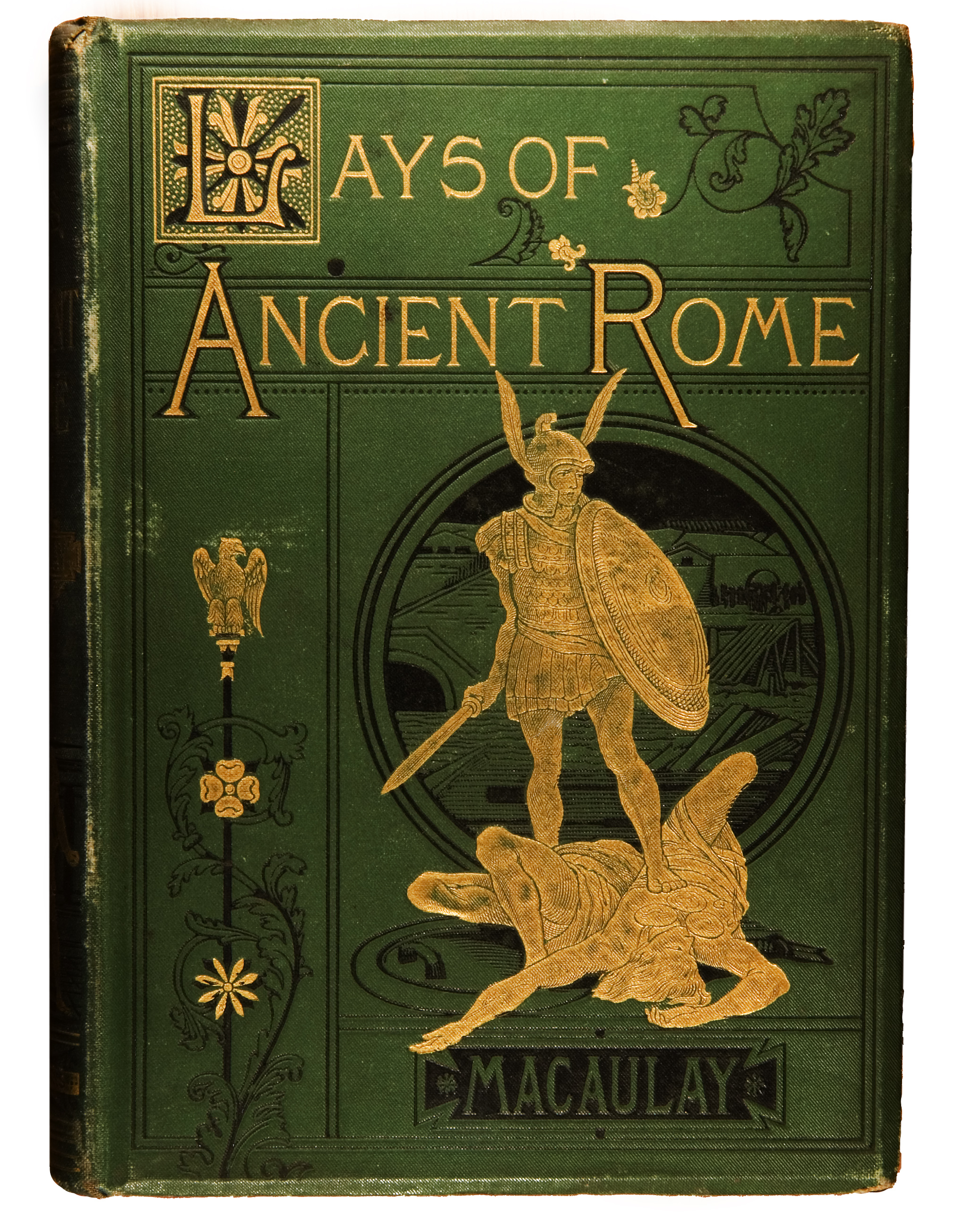
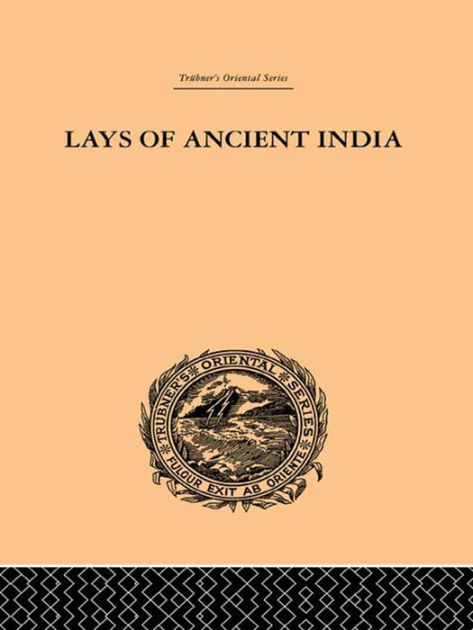
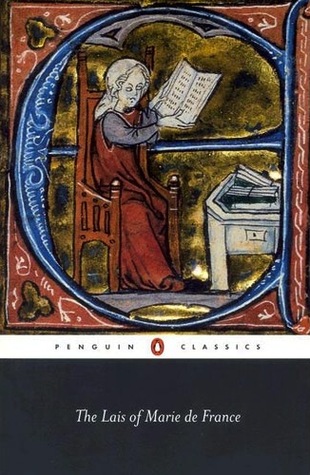 The Lyrical poetry was constructed in strict metric structure using one of meters – Iambic, Trochaic, Pyrrhic, Anapestic, Dactylic and Spondaic, depending on the number of syllables and the amount of stress on each syllable. As it can be seen, these poems were constructed to be sung and not just recited. One might say lyrical poetry was the origin of the other forms of poetry including sonnet.
The Lyrical poetry was constructed in strict metric structure using one of meters – Iambic, Trochaic, Pyrrhic, Anapestic, Dactylic and Spondaic, depending on the number of syllables and the amount of stress on each syllable. As it can be seen, these poems were constructed to be sung and not just recited. One might say lyrical poetry was the origin of the other forms of poetry including sonnet.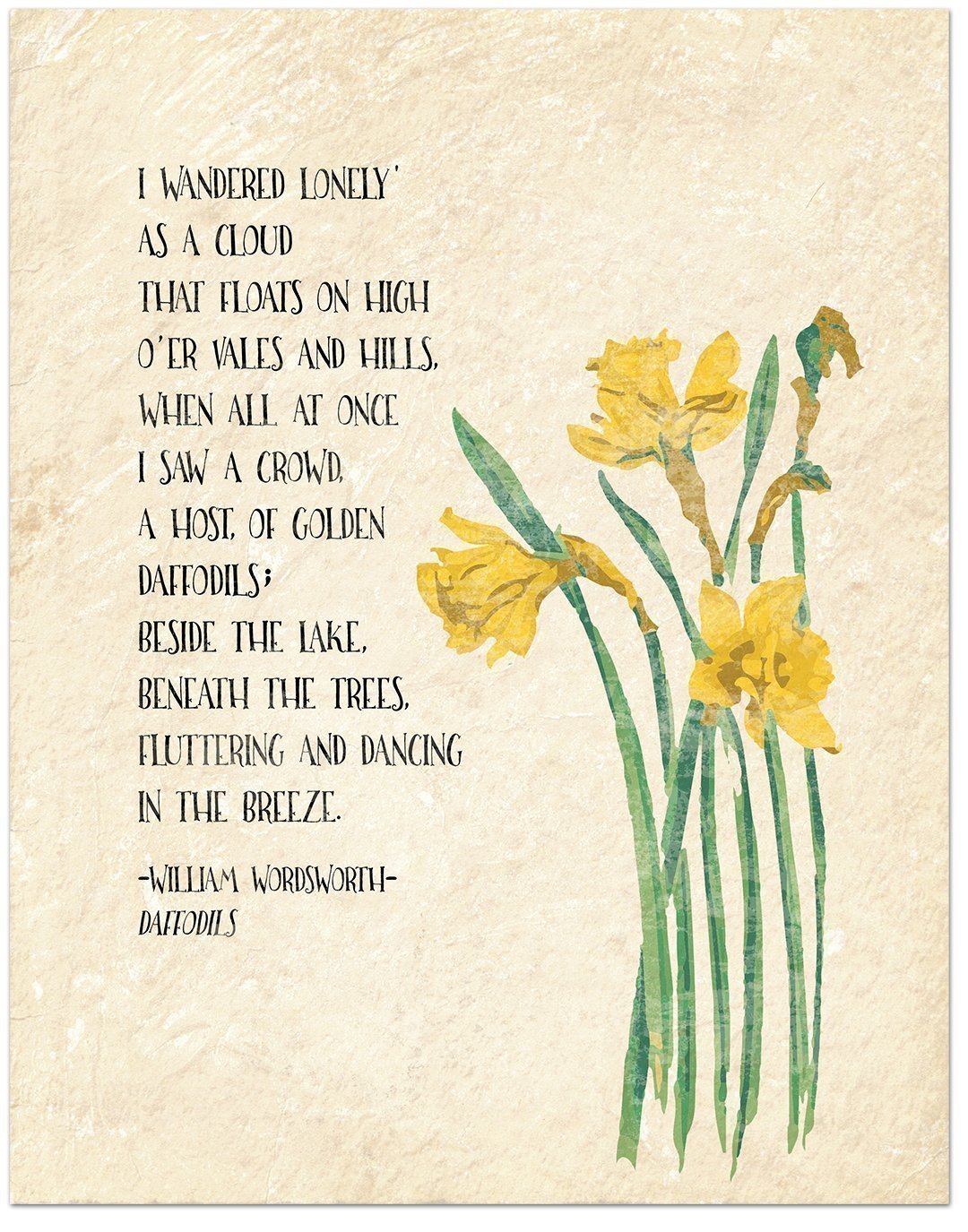
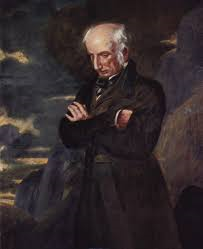 William Wordsworth
William Wordsworth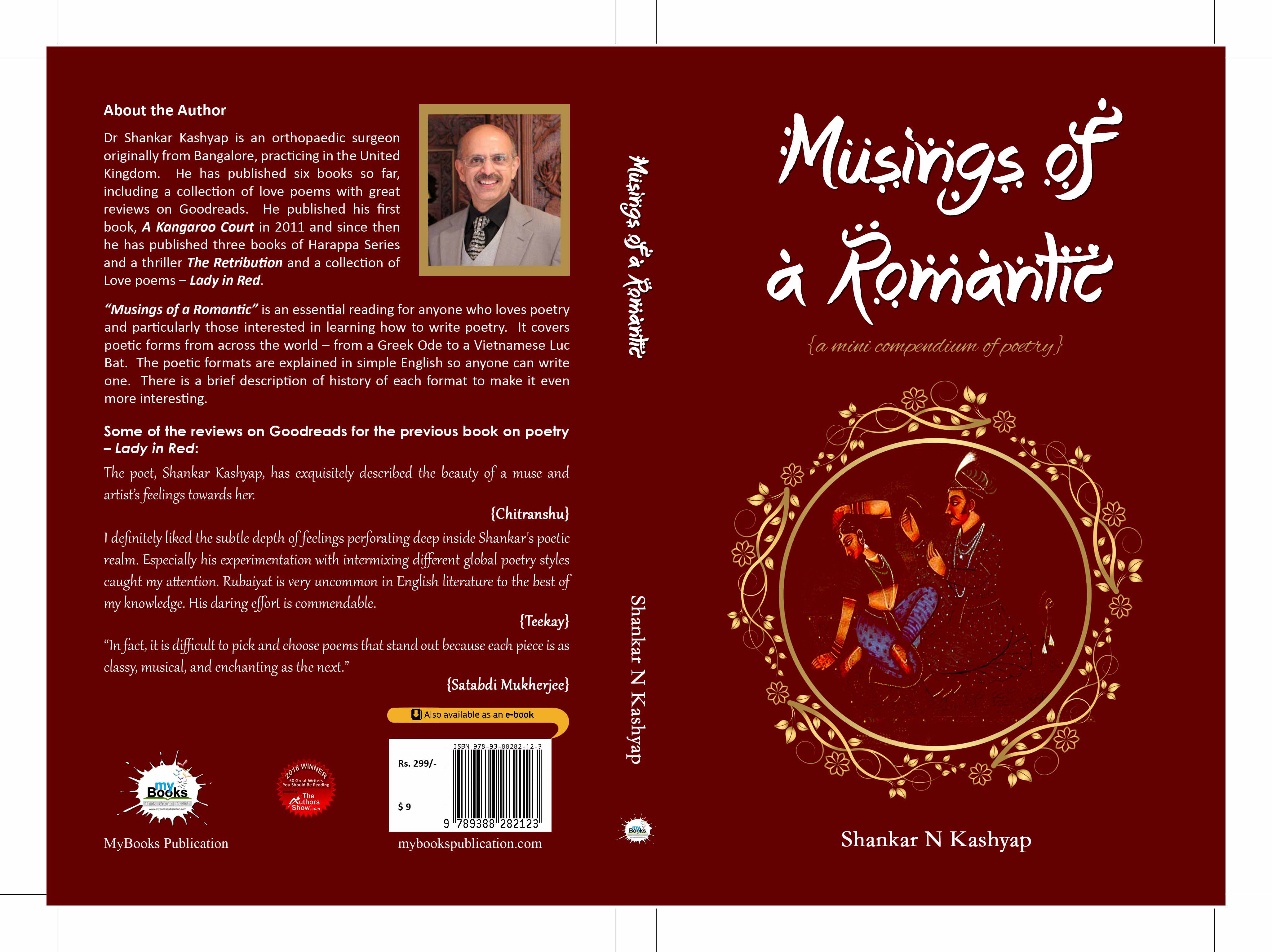 Shankar Kashyap
Shankar Kashyap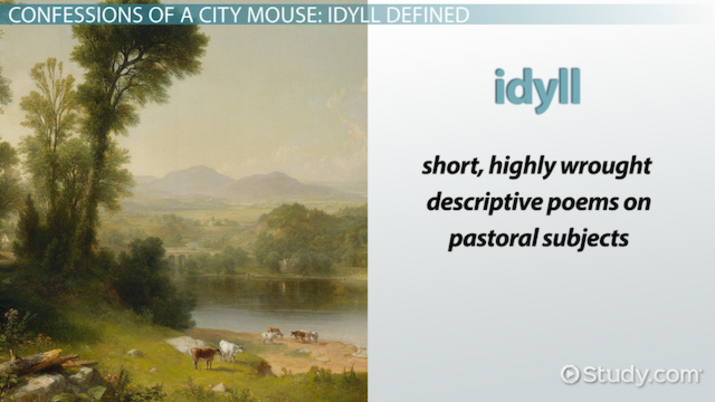 ssible to simple rustic folk. The word Idyll comes from the Greek word Eidyllion or little picture. It pictures a rural scene, mostly of peace and tranquillity while the world outside is racing ahead at breakneck speed. The term “Idyllic” also comes from this.
ssible to simple rustic folk. The word Idyll comes from the Greek word Eidyllion or little picture. It pictures a rural scene, mostly of peace and tranquillity while the world outside is racing ahead at breakneck speed. The term “Idyllic” also comes from this.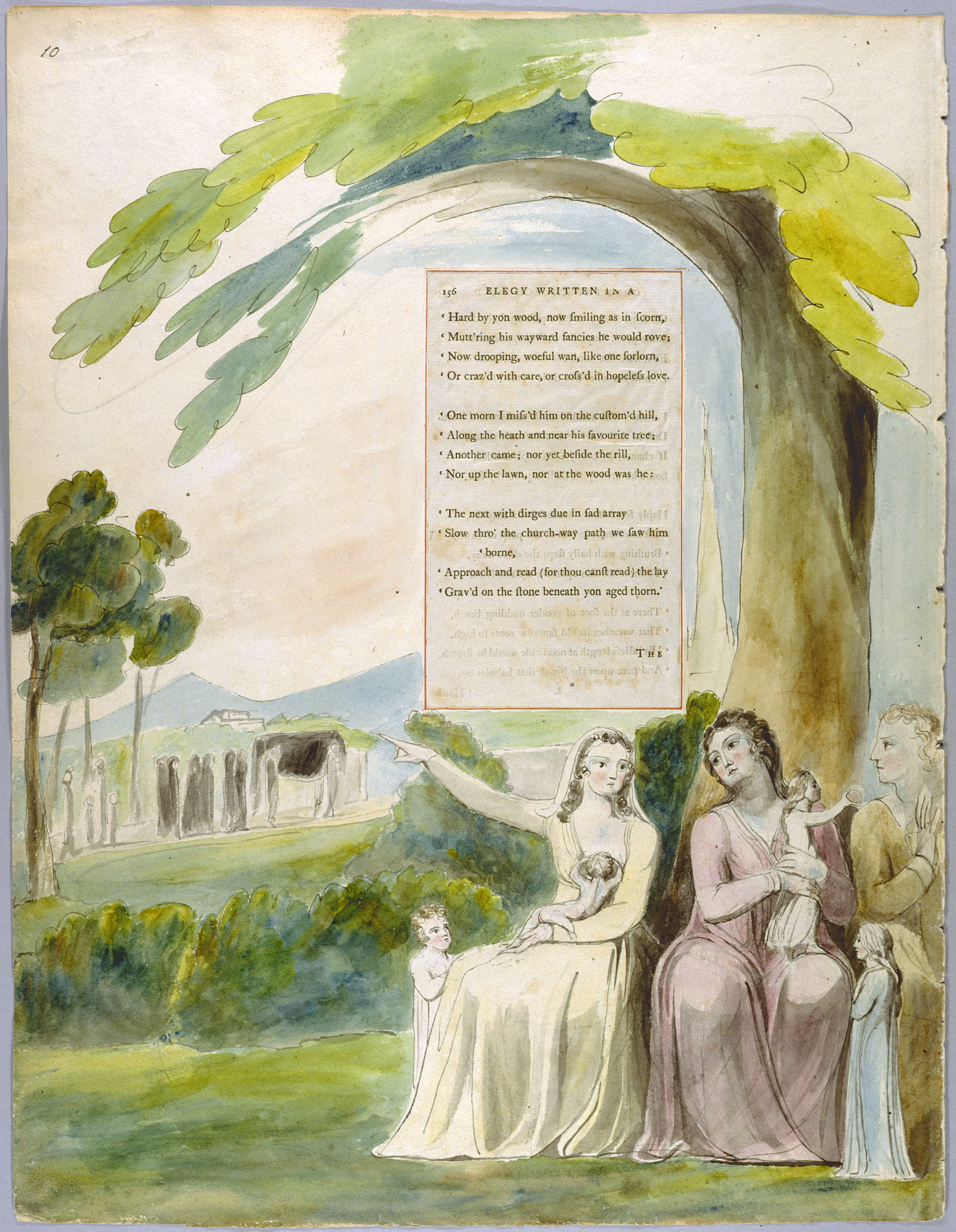
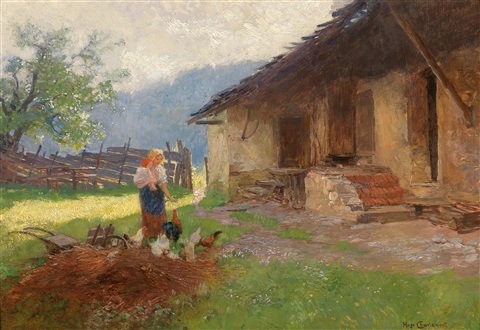 tranquillity that wins most of the time. Twilight in either urban or rural setting evokes a feeling of an end or coming of an end. It could be sad or pleasant. The rural setting does evoke a strong sense of something coming to an end.
tranquillity that wins most of the time. Twilight in either urban or rural setting evokes a feeling of an end or coming of an end. It could be sad or pleasant. The rural setting does evoke a strong sense of something coming to an end.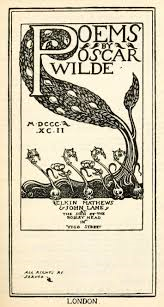
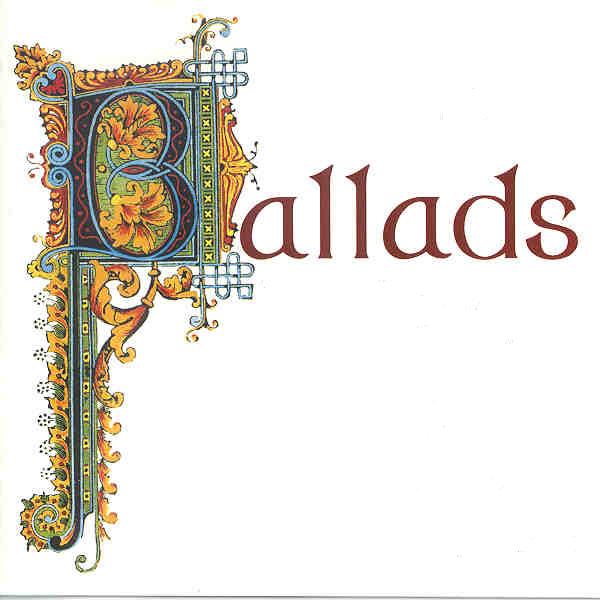 Ballad has been there for several centuries (around 13th century) and started off as folk songs, accompanied by musical instruments. Earliest ballads were transmitted orally in song form and mainly dealt with religious and folk lyrics. The ballad’s lyrical rhythm and rhyme owe to the fact that this poetic form is rooted in song telling a love story. It was popularised as a singer’s choice due to the rhyming tone. It was used mostly as dance music with traditional folk songs during the fifteenth and sixteenth century. It fell into disrepute during the late 17th century with street sale of broad sheets with romantic ballads and was considered ‘street music’ written by ‘down and outs’ living in the unsavoury part of the towns. The poets were often titled “pot poets” – a derogatory term for the ballad poets of 19th century. The theme could be anything from love to hate and often used to tell stories and even history. The ballad often did not tell the story but showed the story in words. It was mostly a plot driven poem, running at a canter to end in a dramatic conclusion in the last two lines.
Ballad has been there for several centuries (around 13th century) and started off as folk songs, accompanied by musical instruments. Earliest ballads were transmitted orally in song form and mainly dealt with religious and folk lyrics. The ballad’s lyrical rhythm and rhyme owe to the fact that this poetic form is rooted in song telling a love story. It was popularised as a singer’s choice due to the rhyming tone. It was used mostly as dance music with traditional folk songs during the fifteenth and sixteenth century. It fell into disrepute during the late 17th century with street sale of broad sheets with romantic ballads and was considered ‘street music’ written by ‘down and outs’ living in the unsavoury part of the towns. The poets were often titled “pot poets” – a derogatory term for the ballad poets of 19th century. The theme could be anything from love to hate and often used to tell stories and even history. The ballad often did not tell the story but showed the story in words. It was mostly a plot driven poem, running at a canter to end in a dramatic conclusion in the last two lines.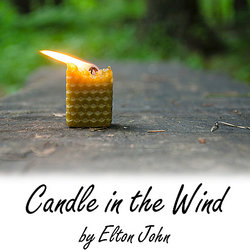
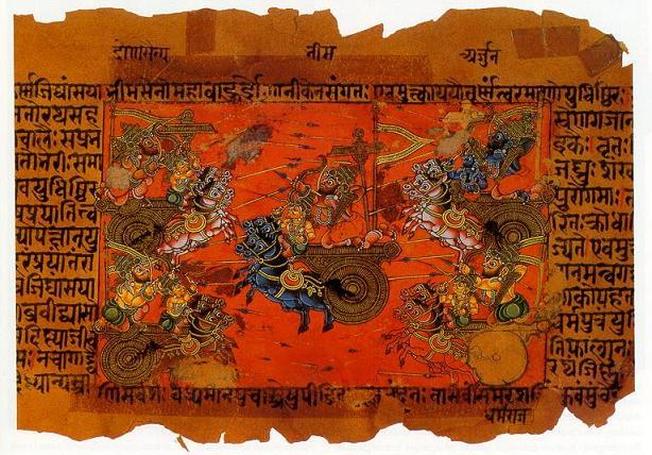
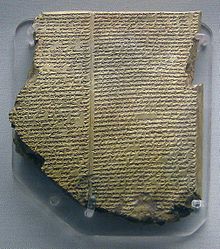
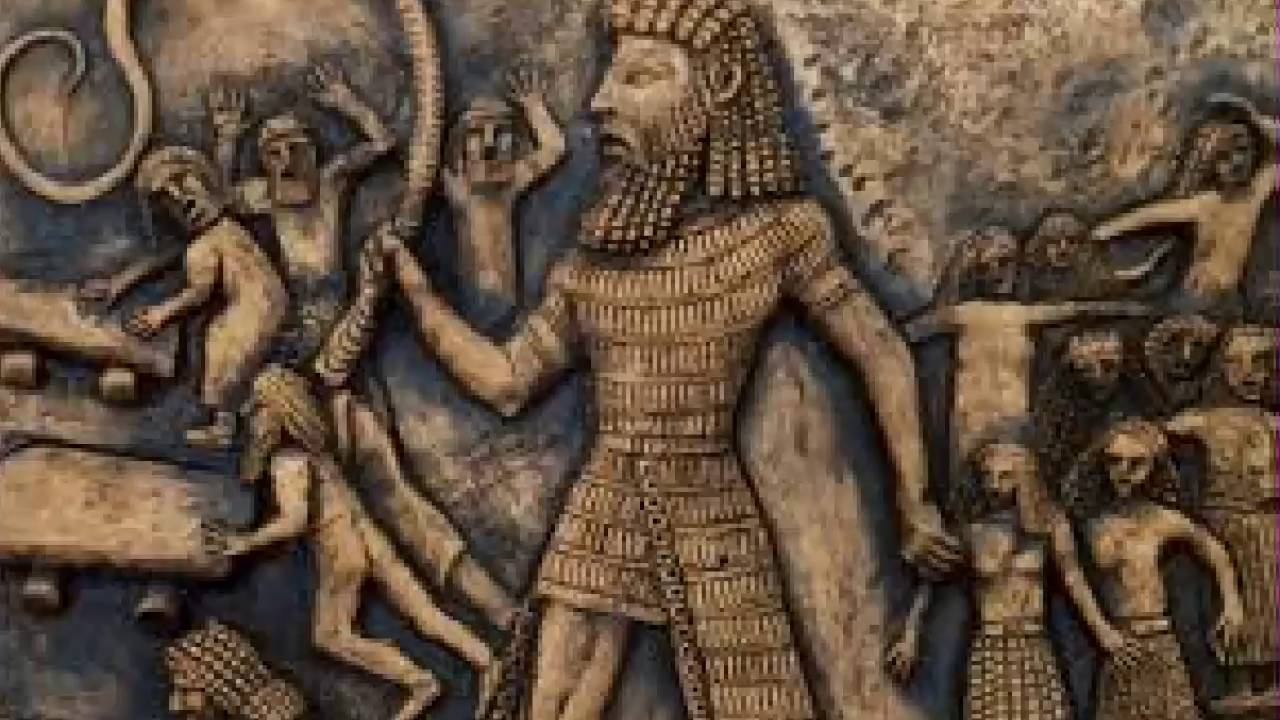

 Much like a ballad, an epic is a narrative poem that spins a tale— and a lengthy one — of a hero’s great valour and adventure. Like the elegy, the word epic is derived from ancient Greece, where epikós meant “speech,” “tale,” or “song,” and applied not only to the subject matter, but also to a specific type of meter, the epic meter. The first epics of Western literature are the Iliad and Odyssey by Homer, Epic of Gilgamesh in Sumer, Virgil’s Aeneid and in the English tradition we have Beowulf, Spencer’s The fairie queene, Dante’s Divine Comedy and Milton’s Paradise lost. All the epics, as the name implies are long, some of them are several thousand verses long. Mahabharata has 17000 verses and Ramayana has 24,000 verses making them some of the largest pieces of literature in the world. Greek, Latin and Sanskrit epics began with an invocation – to musa in Greek and Latin and god Agni in Sanskrit.
Much like a ballad, an epic is a narrative poem that spins a tale— and a lengthy one — of a hero’s great valour and adventure. Like the elegy, the word epic is derived from ancient Greece, where epikós meant “speech,” “tale,” or “song,” and applied not only to the subject matter, but also to a specific type of meter, the epic meter. The first epics of Western literature are the Iliad and Odyssey by Homer, Epic of Gilgamesh in Sumer, Virgil’s Aeneid and in the English tradition we have Beowulf, Spencer’s The fairie queene, Dante’s Divine Comedy and Milton’s Paradise lost. All the epics, as the name implies are long, some of them are several thousand verses long. Mahabharata has 17000 verses and Ramayana has 24,000 verses making them some of the largest pieces of literature in the world. Greek, Latin and Sanskrit epics began with an invocation – to musa in Greek and Latin and god Agni in Sanskrit.
